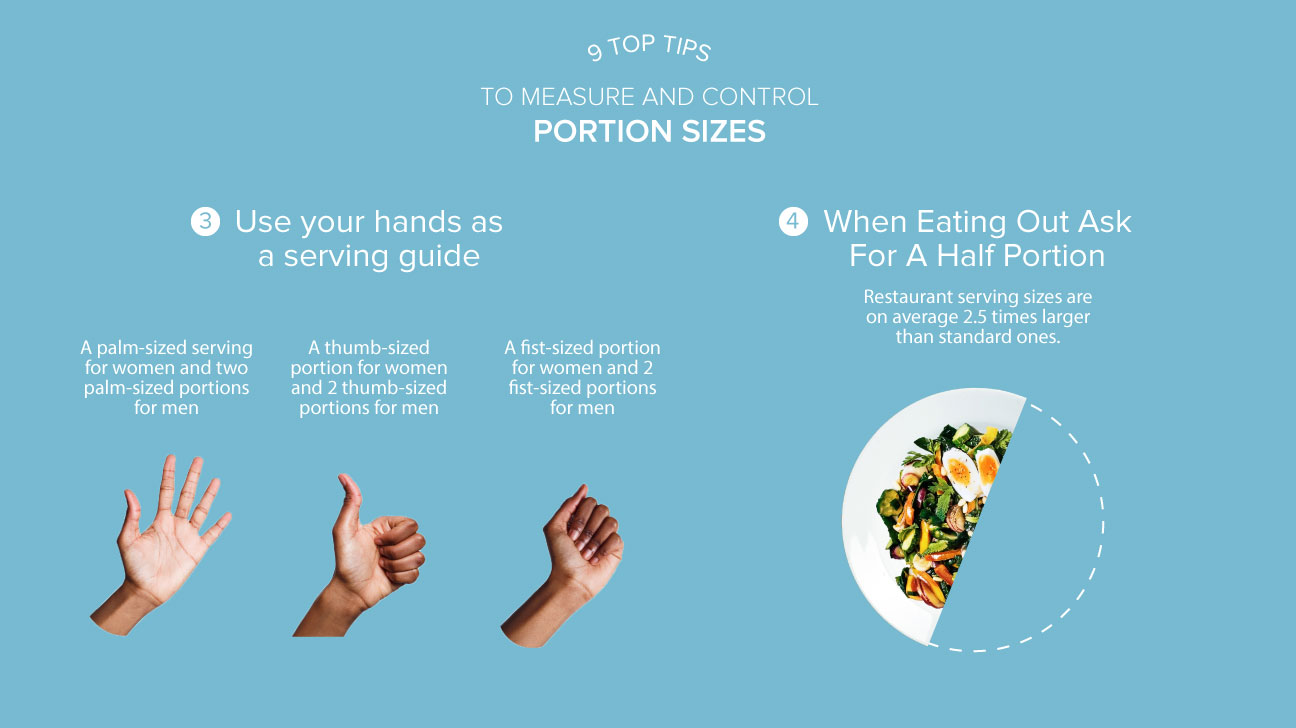Have you ever found yourself in front of a towering plate of food, feeling both excited and overwhelmed? I know I have. It’s so easy to get carried away, especially when delicious food is involved. But guess what? I’ve learned that portion control is the key to avoiding overeating and staying on track with your health goals.
Let’s face it, portion sizes have skyrocketed over the past few decades. What used to be a normal serving has morphed into a massive plateful. It’s no wonder why many of us struggle with overeating. However, with a few simple tips and tricks, we can regain control and make smarter choices when it comes to portion sizes.
The first step is to understand what an appropriate portion actually looks like. In the past, I would fill my plate to the brim without considering how much food I really needed. But now, I take the time to measure and visualize proper portions. For example, a serving of protein like chicken or fish should be about the size of your palm. A cup of cooked pasta or rice is roughly the size of your clenched fist. By familiarizing yourself with these visual cues, you can make more informed decisions about how much food to put on your plate.
Another helpful tip is to use smaller plates and bowls. Our eyes can easily deceive us, so when we have a big plate, we tend to fill it up. Conversely, when we use a smaller plate, it tricks our mind into thinking we have more food. By using a 9-inch plate instead of the common 12-inch ones, you can control your portions without feeling deprived. It may take some adjusting at first, but it’s amazing how quickly you can adapt to smaller plates and still feel satisfied.
In addition to plate size, pay attention to the quantity of food you’re serving yourself. It’s all too common to mindlessly heap food onto our plates without considering the appropriate amount. Instead, use measuring cups or a food scale to ensure you’re not going overboard. This doesn’t mean you have to measure every bite, but doing it once in a while can help you develop a better sense of portion sizes.
One aspect of portion control that often goes overlooked is eating slowly and mindfully. I used to be a fast eater, and before I knew it, I had cleaned my plate without even registering how much food I consumed. Eating quickly can lead to overeating because our brains don’t have enough time to receive the fullness signals from our stomachs. By slowing down and savoring each bite, we can better gauge our hunger and fullness levels. Put your fork down between bites, engage in conversation, and listen to your body’s cues. It’s amazing how much more satisfied you’ll be with smaller portions when you take the time to truly enjoy and appreciate your food.
Another helpful strategy to control portions is to pre-portion snacks into individual bags or containers. It’s tempting to mindlessly eat straight out of a big bag, but before you know it, you’ve consumed the entire thing. By dividing snacks into appropriate serving sizes, you’ll be less likely to overindulge. This technique also works wonders for preventing overeating when it comes to high-calorie treats. Instead of bringing the whole box of cookies to the couch, grab two or three and savor them guilt-free.
Lastly, it’s important to remember that portion control doesn’t equate to deprivation. While it may seem challenging at first, it’s all about finding a balance that works for you. You can still enjoy your favorite meals and treats, but in moderation. I’ve found that allowing myself the occasional indulgence actually helps me stay on track with portion control. By savoring and truly enjoying those special treats, I feel satisfied and less likely to overeat in the long run.
In conclusion, portion control is a powerful tool for avoiding overeating and maintaining a healthy lifestyle. By understanding appropriate portion sizes, using smaller plates, measuring quantities, eating slowly, pre-portioning snacks, and finding a balance that works for you, you can regain control of your eating habits. Remember, it’s not about depriving yourself, but rather making conscious choices to nourish your body in a way that supports your goals. So, take charge of your portions, and you’ll be on your way to a healthier and happier you.
